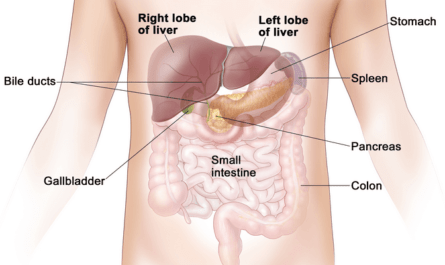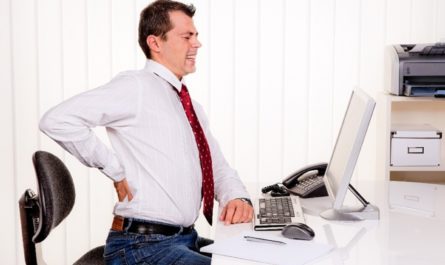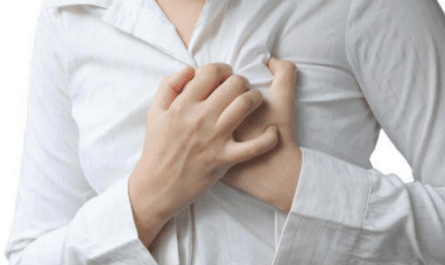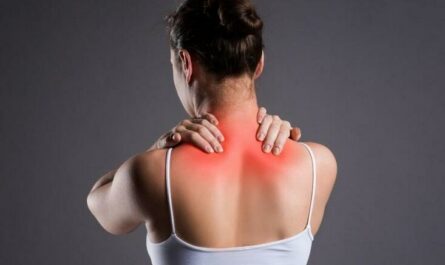Hip pain can be a debilitating condition that affects people of all ages. It can arise from various causes, including injuries and underlying medical conditions. Finding effective treatments and engaging in appropriate exercises can help alleviate hip pain and improve mobility. This article will explore the common causes of hip pain, discuss various treatment options, and highlight some of the best exercises to promote hip strength and flexibility.
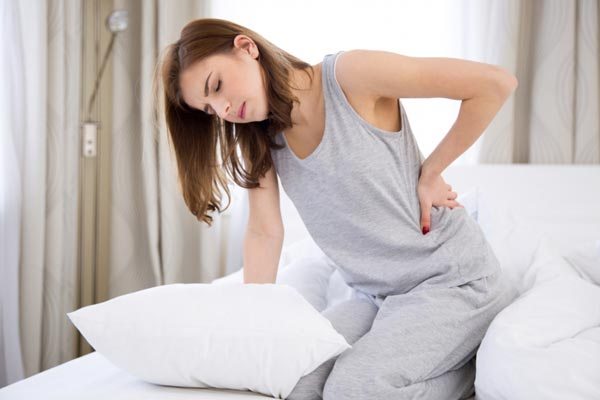
10 Common Causes of Hip Pain
1. Arthritis
Arthritis is a leading cause of hip pain, particularly among older adults. The two primary types of arthritis that affect the hip joint are osteoarthritis and rheumatoid arthritis. Osteoarthritis, often associated with aging and wear and tear, gradually deforms the joint’s cartilage.
Rheumatoid arthritis, an autoimmune disease, causes inflammation and damage to the joint lining. Symptoms of arthritis include joint stiffness, swelling, and limited range of motion.
2. Bursitis
Bursitis occurs when the bursae, small fluid-filled sacs cushion the joints, become inflamed. In the case of hip pain, trochanteric bursitis is the most common form.
It typically develops due to repetitive motions or direct trauma to the hip joint. Individuals with trochanteric bursitis often experience pain and tenderness on the outer side of the hip, aggravated by activities such as walking or climbing stairs.
3. Tendinitis
Tendinitis is the inflammation of tendons, the thick cords that attach muscles to bones. Two main tendons are frequently affected in the hip area: the iliotibial (IT) band and the hamstring tendons.
IT band tendinitis often manifests as lateral hip pain, especially during repetitive bending or running activities. Hamstring tendinitis, on the other hand, may cause posterior hip pain.
4. Muscle Strains
Muscle strains occur when the muscles or tendons supporting the hip joint are stretched beyond their limits or torn.
This can happen due to sudden movements, overexertion, or improper warm-up before physical activity. Symptoms of a muscle strain include pain, swelling, and muscle weakness.
5. Hip Fractures
Hip fractures are more common in older adults, especially those with weakened bones due to osteoporosis. A fall or direct impact on the hip can cause a fracture in the femur or the pelvic bones.
Hip fractures are serious injuries that require immediate medical attention. Common symptoms include severe pain, inability to bear weight on the affected leg, and visible deformity.
6. Hip Labral Tears
The labrum is a ring of cartilage that surrounds the hip joint, providing stability and cushioning. Labral tears can occur due to trauma, repetitive motions, or structural abnormalities of the hip joint.
Symptoms include a deep, dull pain in the groin or hip, clicking or locking sensations, and limited range of motion.
7. Sciatica
Sciatica refers to the irritation or compression of the sciatic nerve, which runs from the lower back to the hips and buttocks.
The most common cause of sciatica is a herniated disc in the lumbar spine that puts pressure on the nerve. Hip pain associated with sciatica is typically felt on one side and may radiate down the leg.
8. Snapping Hip Syndrome
A snapping hip syndrome is characterized by a popping or snapping sensation in the hip when walking, running, or moving the leg. It can be caused by various factors, including tendons snapping over bony structures or the iliotibial band flicking over the greater trochanter.
The snapping hip syndrome is usually harmless and does not require treatment unless it causes pain or limits mobility.
9. Osteonecrosis
Osteonecrosis, also known as avascular necrosis, occurs when the blood supply to the hip joint is disrupted, leading to the death of bone tissue.
It can result from factors such as prolonged corticosteroid use, trauma, or medical conditions like sickle cell disease. Symptoms include pain in the hip or groin, limited range of motion, and difficulty walking.
10. Inguinal Hernia
Hip pain may sometimes result from an inguinal hernia, which occurs when a portion of the intestine protrudes through a weak spot in the abdominal wall.
While the primary symptom of an inguinal hernia is a visible bulge in the groin area, it can also cause hip discomfort and pain.
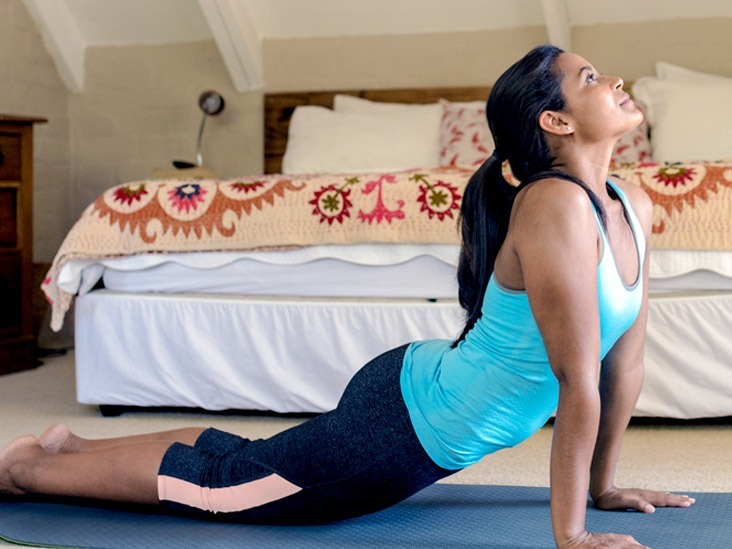
10 Best Home Remedies For Hip Pain
1. Understanding Hip Pain
Before delving into the remedies, it’s important to understand the underlying causes of hip pain. The hip joint is a complex structure comprised of bones, muscles, tendons, and ligaments.
Common causes of hip pain include osteoarthritis, bursitis, tendonitis, hip labral tears, and hip fractures. By identifying the root cause of your hip pain, you can tailor your treatment plan accordingly.
2. Rest and Ice Therapy
Rest is crucial for allowing the hip joint to heal and reducing inflammation. Avoiding activities that exacerbate the pain provides the necessary time for the body to repair itself.
You can also apply ice packs to the affected area can help alleviate pain and reduce swelling. Remember to wrap the ice pack in a towel to prevent direct contact with the skin.
3. Physical Therapy and Exercise
Physical therapy plays a vital role in the management of hip pain. A qualified therapist can guide you through exercises and stretches to strengthen the hip muscles and improve joint flexibility.
These exercises may include hip abductions, leg lifts, and gentle stretches. Regular physical therapy sessions can significantly improve hip pain and enhance overall mobility.
4. Weight Management
Maintaining a healthy weight is crucial for individuals experiencing hip pain. Excess weight stresses the hip joint, exacerbating the pain and discomfort.
Adopting a balanced diet and engaging in regular exercise can effectively manage your weight and reduce the burden on your hips.
5. Heat Therapy
In contrast to ice therapy, heat therapy can also relieve hip pain. A warm compress or heating pad on the affected area can help relax the muscles, improve blood circulation, and alleviate discomfort. Heat therapy is particularly beneficial for individuals with muscle strain or stiffness.
6. Natural Supplements
Several natural supplements have shown potential in reducing hip pain and promoting joint health. Glucosamine and chondroitin sulfate are commonly used to manage osteoarthritis-related hip pain.
These supplements help maintain cartilage integrity and reduce inflammation. Additionally, omega-3 fatty acids found in fish oil possess anti-inflammatory properties that can alleviate hip pain.
7. Massage Therapy
Massage therapy is a non-invasive and drug-free approach to managing hip pain. Massage can help improve blood circulation, reduce muscle tension, and alleviate pain by targeting the muscles and soft tissues around the hip joint.
Seeking the expertise of a licensed massage therapist can provide significant relief for individuals with chronic hip pain.
8. Acupuncture
Acupuncture, a traditional Chinese therapy, involves the insertion of thin needles into specific body points.
This ancient practice has been shown to effectively relieve hip pain by stimulating the release of endorphins and promoting natural healing.
If you’re considering acupuncture for your hip pain, consult a licensed acupuncturist to ensure safety and efficacy.
9. Yoga and Stretching
Regular yoga and stretching exercises can improve hip flexibility, strengthen supporting muscles, and reduce pain.
Yoga poses like the Pigeon Pose, Triangle Pose, and Child’s Pose target the hip region, promoting relaxation and alleviating discomfort. Remember to start with gentle movements and gradually increase the intensity to avoid strain or injury.
10. Assistive Devices
Assistive devices can provide invaluable support for individuals with severe hip pain or mobility limitations. Canes, crutches, and walkers help distribute weight away from the hip joint, reducing pressure and discomfort. Consult a healthcare professional to determine the most suitable assistive device for your needs.
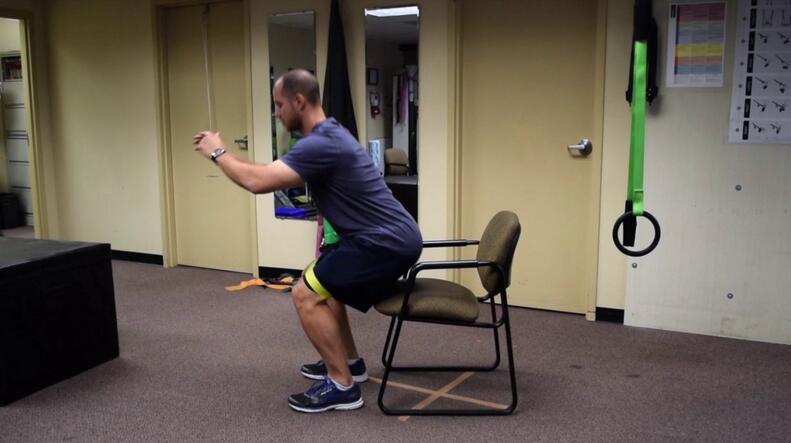
Best Exercises to Ease Hip Pain
There are two types of exercises that help with hip pain. One is stretching the hip joint muscles, which improves mobility and helps combat stiffness.
The second type of exercise is for strengthening the hip muscles. These will enhance the support that the forces provide to the hip joint. Not only will these reduce pain, but they also ensure that your hip joint is better protected and less prone to injury.
Remember to start slowly. Perform three or fewer exercises daily and three to four days a week. Once you are used to them and more comfortable, you can perform more than three of them daily.
Stretch Exercises for Hip Pain:
Hip Flexor Stretch:
A straightforward exercise that you can perform anywhere. You can do this exercise 5 times a day. Here’s how to do hip flexor stretch:
- Stand straight and close to a wall, raise your hands horizontally to the floor, and put them on the wall.
- Set one foot ahead of the other. Be sure that both of your feet are flat on the ground.
- Gently shift your weight slightly forward. As you do this, you will feel the front side of your back hip stretching.
Side-Lying Clam:
You can perform this exercise from your home, right on your bed.
- Lay on your side
- Bent your hips slightly
- Bent your knees 90 degrees
- Make sure to hold your pelvis steady and feet together
- Slowly open up your knees
- Hold it up for one second
- put it back down and repeat
- Ensure you don’t rotate your pelvis backward when opening the knees.
You can start doing three sets of ten repetitions daily.
Bridges:
You can do this exercise on a table, bed, or floor. Here’s how to perform bridges.
- Lay flat on the floor.
- Place your feet flat on the ground by raising your knees and making a 45-degree angle between them.
- Place your hands on the side.
- Contract your glutes and raise your hips upwards.
- Make sure to make a straight line between your knees and the shoulder.
- Hold the stretch for a second, then lower yourself back down.
Perform three sets of ten per day in the beginning.
Strength Exercises for Easing Hip Pain:
Hip Extension:
Another stretching exercise that you can perform anywhere. All you need is a chair, and you are good to go.
- Stand straight in front of a chair and keep your feet shoulder-width apart.
- Put your hands on the chair.
- Keep one leg planted on the floor and lift the other backward. Make sure to move it as far back as possible without any discomfort.
- Pinch the buttocks and hold the position for around five seconds.
Perform 8-12 repetitions on a single leg and switch to the other.
Hip Flexion:
You can execute this exercise with or without support. You can do this exercise anywhere you like.
- Stand straight
- Put your hands on a chair or anything robust available for support.
- Raise one of your knees to the hip level or as far as you can raise them without discomfort.
- Do the same for the other leg.
- Keep your body upright, and don’t lean towards the support.
You can do ten repetitions on each leg for this exercise.
Hip Abduction:
A straightforward exercise that strengthens the hip muscles and eases hip pain. You can accomplish this exercise with or without support. You can also do it while standing up or lying on the floor. Here’s how you do hip abduction.
- Stand upright.
- Use your arms to support a stable surface like a chair or table.
- Start with your feet together.
- Slowly lift one of your legs to the outside.
- Ensure not to rotate the hips while doing so and not to lean.
You can repeat the exercise ten times for each leg.
When to visit a Doctor?
If your hip pain doesn’t disappear in two weeks, you must immediately consult a doctor. It might also be a cause of concern if you experience hip pain after a fall or a car crash.
This pain should be appropriately examined and diagnosed through an x-ray, ct scan, MRI, and physical checkup. You should also get medical treatment if you see any deformation in the hip joint or any signs of bleeding.

